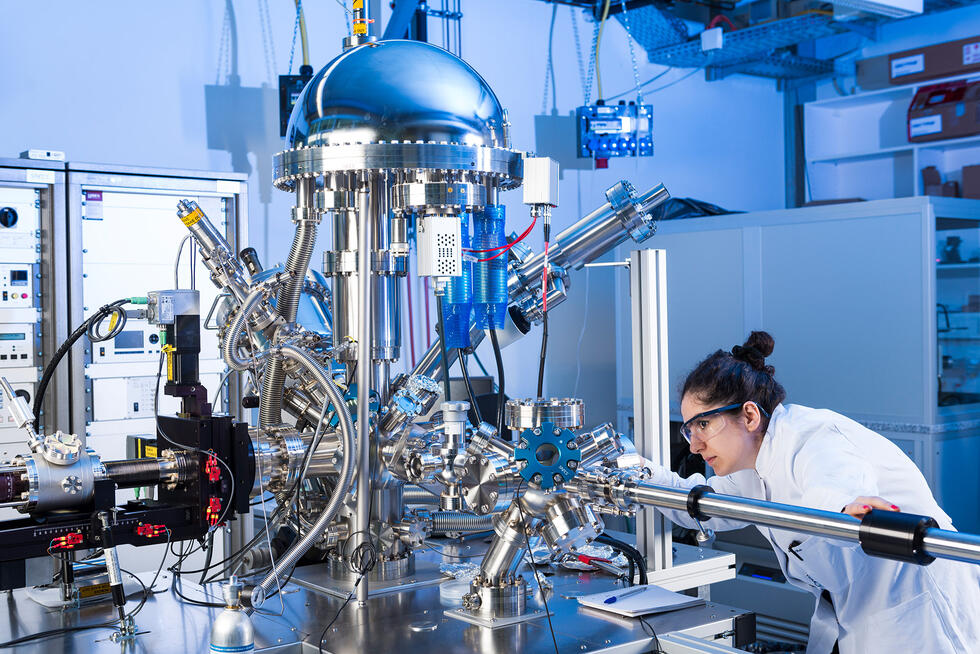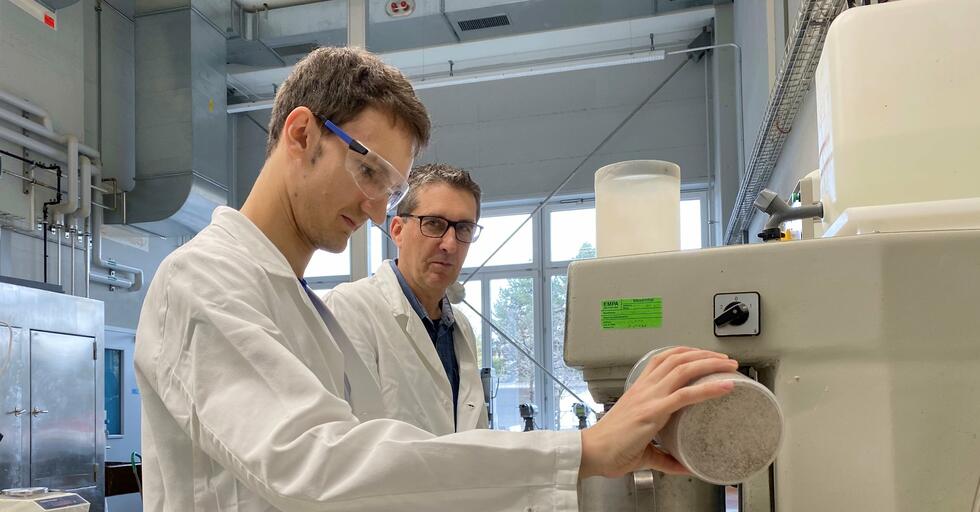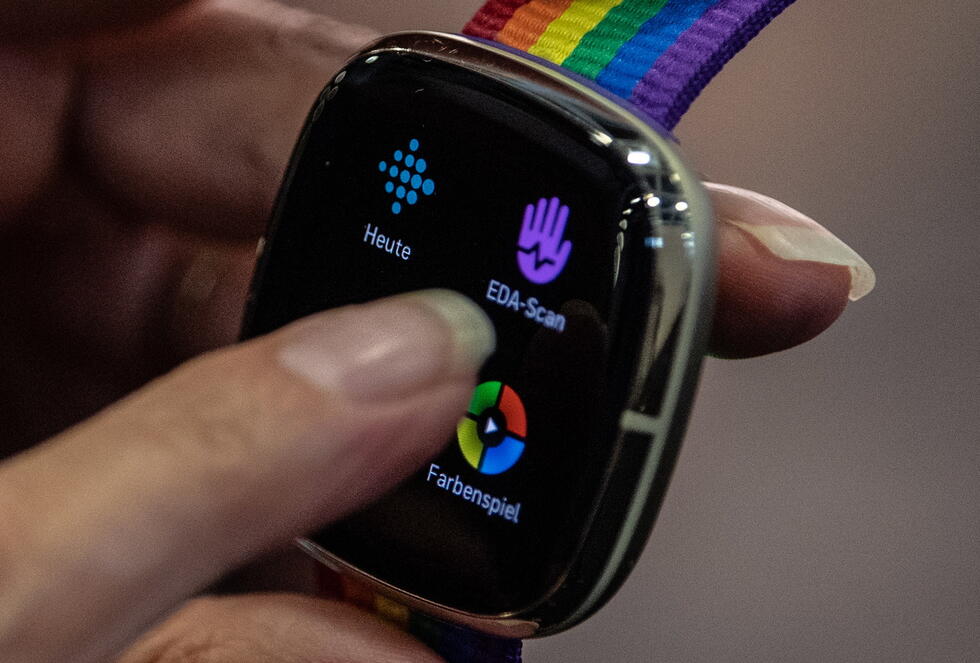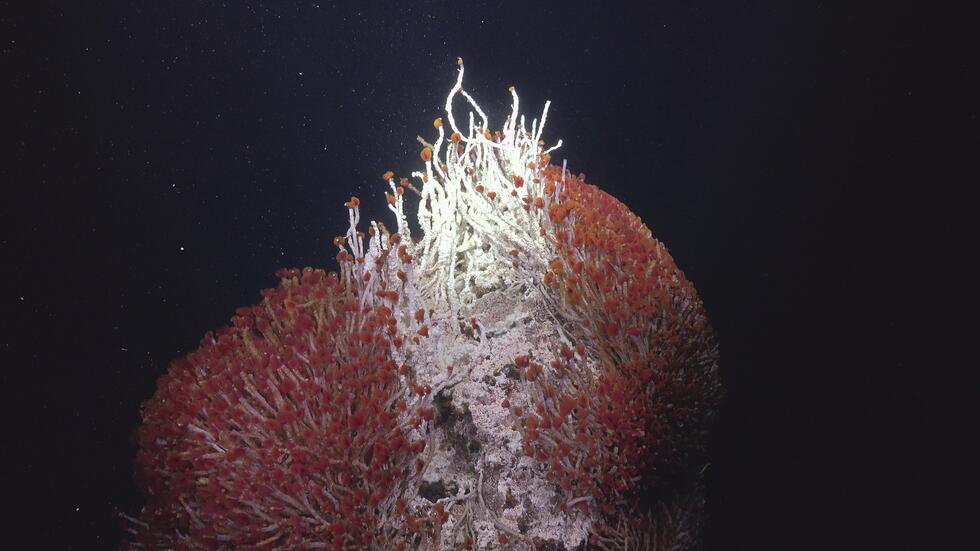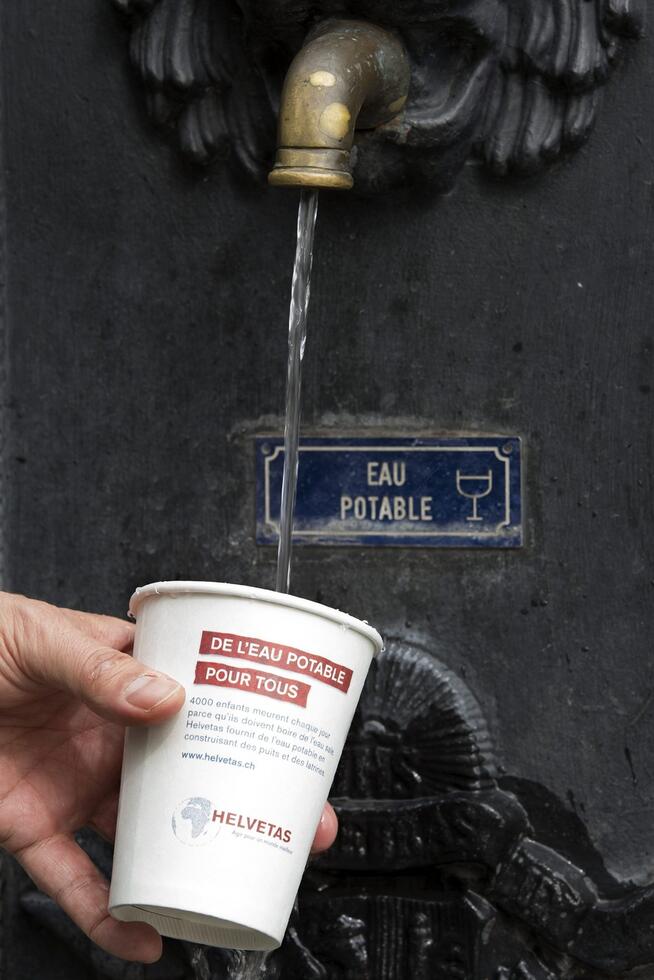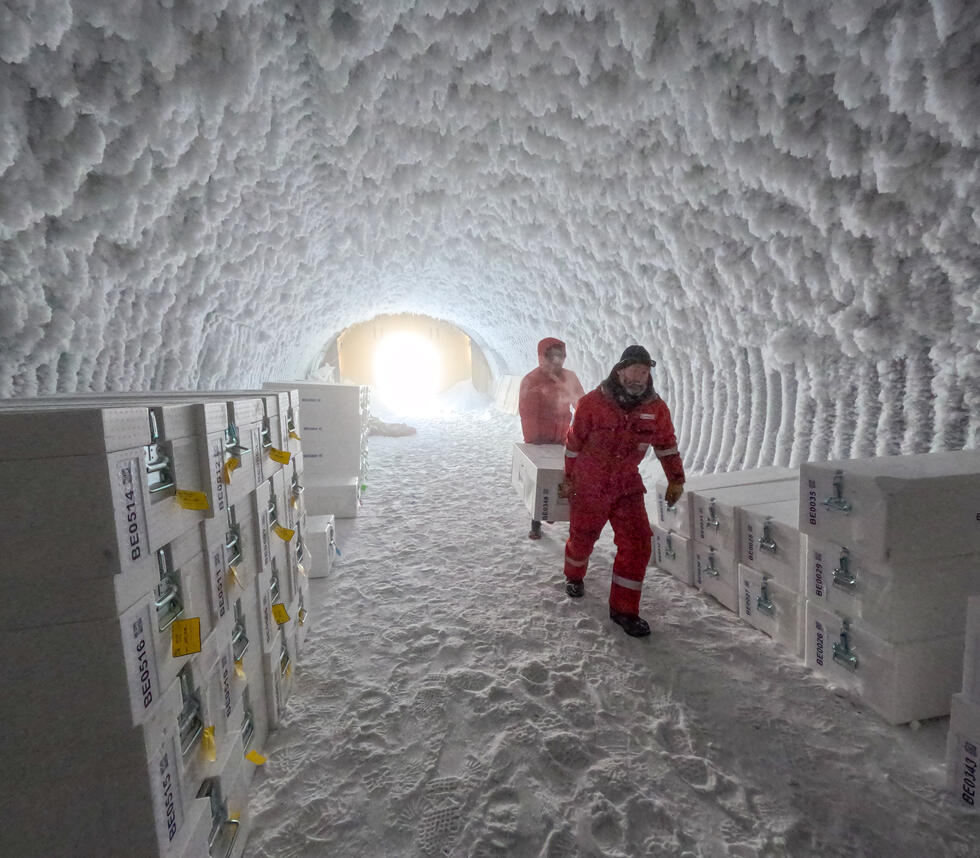SHORT NEWS
Cheap raw material for smartphones and solar cells
Whether for smartphone screens or solar cells: Precious metals such as iridium or ruthenium are in high demand. Researchers from Basel have developed a cheaper and less toxic alternative.

Smartphone screens and solar cells often contain rare and therefore expensive precious metals such as iridium or ruthenium. Researchers at the University of Basel have developed a cheaper and less toxic alternative based on manganese.
Iridium, which is used in organic light-emitting diodes (OLEDs), is rarer than gold and platinum. Ruthenium, which is used in solar cells, is also one of the rarest stable elements. Not only are these metals very expensive due to their rarity, they are also toxic in many compounds.
A research team has succeeded for the first time in producing luminous manganese complexes in which the same reactions take place under irradiation with light as in ruthenium or iridium compounds. The advantage of manganese is that it occurs 900,000 times more frequently in the earth's crust than iridium, is significantly less toxic and many times cheaper.
The researchers reported that the luminous efficiency of the new manganese complexes is still considerably lower than that of iridium compounds. However, individual light-driven reactions, which are necessary for artificial photosynthesis and play an important role in certain types of solar cells, run at promisingly high speeds in the manganese complexes.











